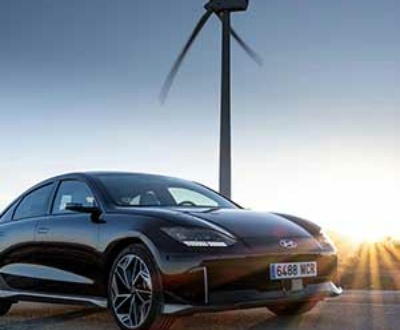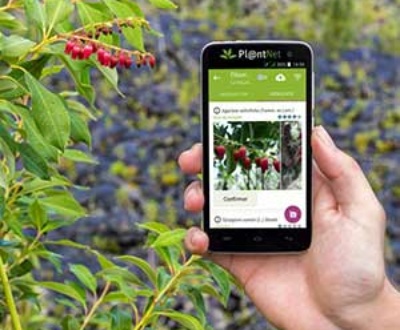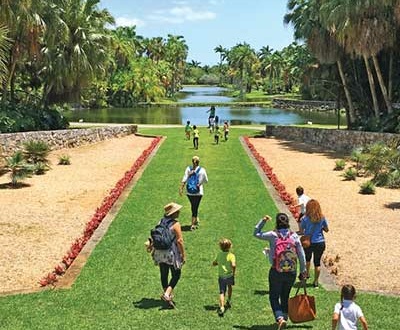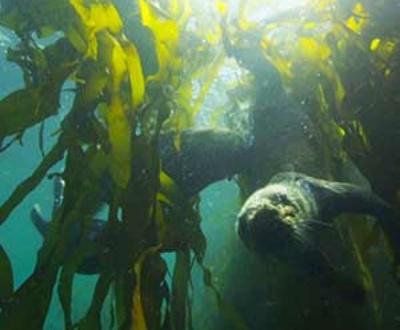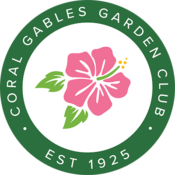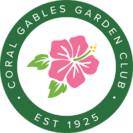I am writing this January 11th and I just had the prettiest sight when I looked out my garden doors……. TWO CARDINALS AND TWO OTHER SMALLER BIRDS having a drink and a bath in the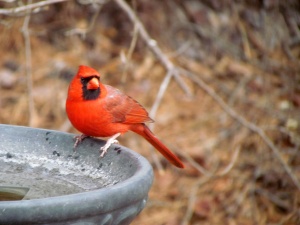 birdbath!! I love it!! How do you get cardinals and other neat birds in your yard??? Well, just like people—food, water, and shelter. So, in my yard, I have a Live Oak (native – lots of insects), a Surinam Cherry hedge which provides nice cherries in spring and a lot of shelter, and plenty of pollinator plants. Remember 96% of our land birds feed their chicks insects.
birdbath!! I love it!! How do you get cardinals and other neat birds in your yard??? Well, just like people—food, water, and shelter. So, in my yard, I have a Live Oak (native – lots of insects), a Surinam Cherry hedge which provides nice cherries in spring and a lot of shelter, and plenty of pollinator plants. Remember 96% of our land birds feed their chicks insects.
We truly live in the City Beautiful!! – but look around at our landscapes. What do we see? Oceans of grass adorned with some bushes and trees dotted here and there and hedges. Think about the wild places you’ve seen, forests or meadows. These are not monocultures, they are a profusion of plants and trees all shapes and sizes mixed together. This is how nature grows and how it supports the chain of life. Now maybe you don’t want to turn your yard into a jungle but……
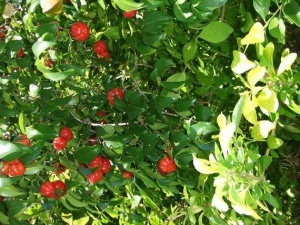 How About Making Your Yard an Ecological Oasis?
How About Making Your Yard an Ecological Oasis?
Replacing even some of your grass with native plants, thinking about which trees you are planting, and if they going to provide shelter and food for wildlife, can save insects and the ecosystems that depend on them. You see plant-eating insects are PICKY EATERS—most of these bugs, roughly 90%, will eat and reproduce on only certain native plant species, specifically those with whom they share an evolutionary history. And these insects not only pollinate our food—they are a key element in the food chain for birds, amphibians, and other animals.
Habitats with even 5 native tree species are 50% more productive in terms of their contribution of food and energy to the ecosystem. What about taking a look at your property….if you are like most homeowners, isn’t it mostly grass? We need to talk about grass.
What About Less Grass?
Grass is the single largest irrigated crop in America and basically a food desert. It also takes huge quantities of water and often chemical treatments to maintain it. How about grass in front and a more diverse mass of plants that support pollinators, sequester carbon, capture runoff, and rebuild habitats in other parts of your yard? The National Wildlife Federation has a wonderful website and a native plant finder for your zip code. The address is www.nwf.org/nativeplantfinder/ The other thing about natives is once they are established, there is no maintenance.
Just to give you an example, Doug Tallamy, a professor of entomology at the University of Delaware compared the caterpillar communities in hedgerows that were mostly native and hedgerows that had been invaded by non-natives. There was a 96% reduction in the number of caterpillars in the hedgerows with non-natives!!!! So if you are a bird and you are looking to raise some chicks you just lost 96% of your food. What can you do in your yard?
Back to the 30,000 ft View
I read a three-part series on climate change that was—-WOW. According to the journal, Proceedings of the National Academy of
Sciences, “The planet could see a greater temperature increase in the next 50 years than it did in the last 6,000 years combined”. By 2070, the kind of extremely hot zones, like the Sahara, that now covers less than 1% of the earth’s surface could cover nearly 20% of the land, potentially placing one out of every three people alive outside of the climate niche where humans have thrived for thousands of years. Which brings me to a phenomenal, must-see movie: Sir David Attenborough’s “A Life on Our Planet”, available on Netflix and YouTube.
A Life On Our Planet
This is David Attenborough’s look back, at age 93, on his life as a naturalist and producer of wonderful nature shows like The Blue Planet and Life on Earth. He speaks of how nature has had eons of slow steady change but in the earth’s 4 billion year history there have been 5 mass extinctions. For 10,000 years the earth’s temperature has only varied by 1 degree up or down, but now this is changing… In just the last 200 years, with the burning of fossil fuels, temperatures have jumped 1% along with the increase in carbon dioxide in the air!!! He says that all five previous mass extinctions were preceded by a big change in the carbon dioxide in the air. In 1937, when he was a teenager, there were 2.3 billion people, 280 ppm carbon dioxide in the air, and 66% of the planet was wilderness. In 2020 it’s 7.8 billion people, 415 ppm carbon dioxide, and 35% of the planet is wilderness!! He outlines steps we need to take to change this trajectory—IT IS DOABLE! It’s really a must-see movie.
About the Author
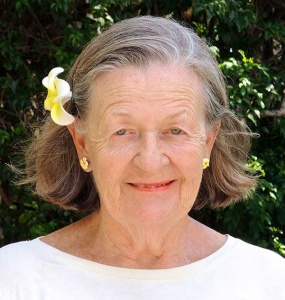
Linda Lawrence Waldron currently writes the Green Gables column in Gables Living Magazine. Linda was Chairman of the Garden Club's Coral Gables Library Butterfly Garden Committee.
Sign up here for email notifications about new Green Gables articles!
More from our blogs
See all postsRecent Posts
- April 2023 April 1, 2024
- Good News on Environmental Plastics February 1, 2024
- Material World / Plant World January 1, 2024
Leave a Comment cancel
This site uses Akismet to reduce spam. Learn how your comment data is processed.




